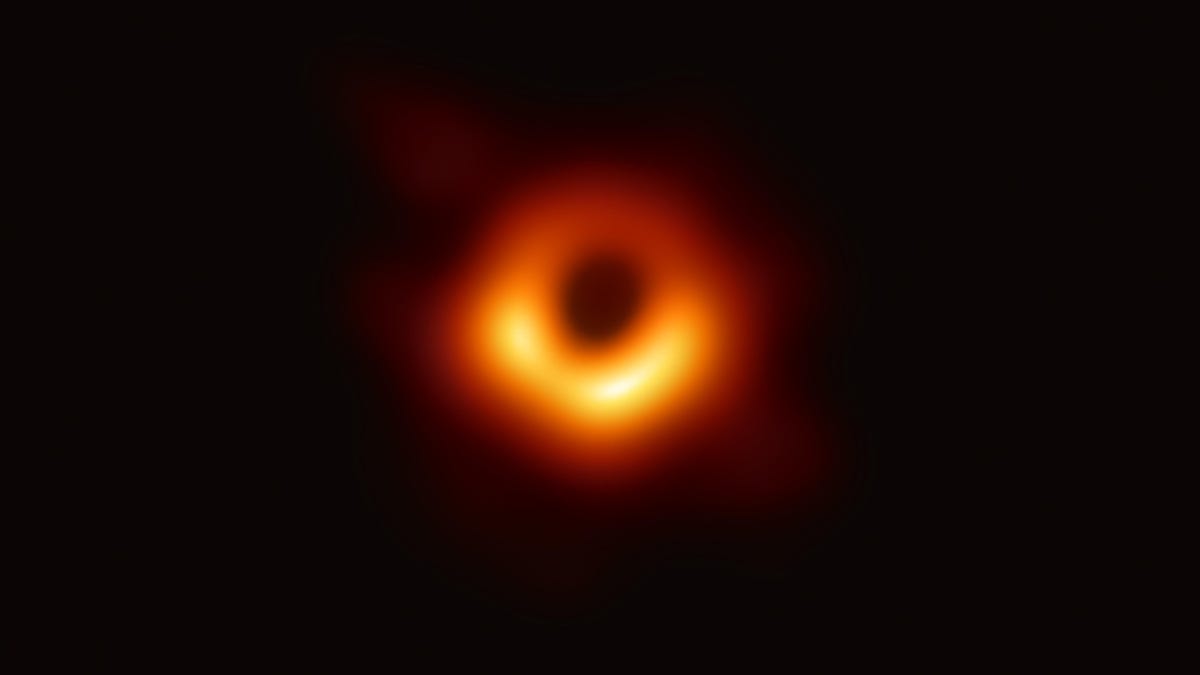Massive black hole collisions can 'chirp' twice, revealing their shape
The second chirp helps decipher some of the mysteries surrounding black hole mergers.

There's still a lot we don't know about black holes -- they're mysterious, gigantic and all round puzzling -- but it turns out they're also one more thing: noisy.
When black holes collide with each other they sound off multiple "chirps," emitting a gravitational waves or signals that can be used to narrow down their size and shape, according to a study from the ARC Centre of Excellence for Gravitational Wave Discovery, published in Communications Physics.
"We performed simulations of black-hole collisions using supercomputers and then compared the rapidly changing shape of the remnant black hole to the gravitational waves it emits." Christopher Evans, co-author and graduate student from the Georgia Institute of Technology, said in a statement. "We discovered that these signals are far more rich and complex than commonly thought, allowing us to learn more about the vastly changing shape of the final black hole."
The study details how black holes emit signals of increasing frequency and amplitude when they approach, indicating the speed and radius of the orbit. Originally, it was thought that the black hole would then emit one final signal after the collision, but the research has since shown that that's not the case.
"When we observed black holes from their equator, we found that the final black hole emits a more complex signal, with a pitch that goes up and down a few times before it dies," said Juan Calderón Bustillo, lead author of the study. "In other words, the black hole actually chirps several times."
The study could be instrumental in modelling future research, especially when it comes to evaluating concepts like general relativity. "If we saw a double chirp in real data, but didn't realize that this was a prediction of the theory, then this kind of thing could fool us into thinking that general relativity has been violated and we've discovered new physics," said Rory Smith, from Monash University's School of Physics and Astronomy.
"Accounting for this extra chirp is important because we use models of gravitational waves to learn about the astrophysics of the sources of the waves," he said. "We need models that account for all the possible features that real gravitational waves have."

